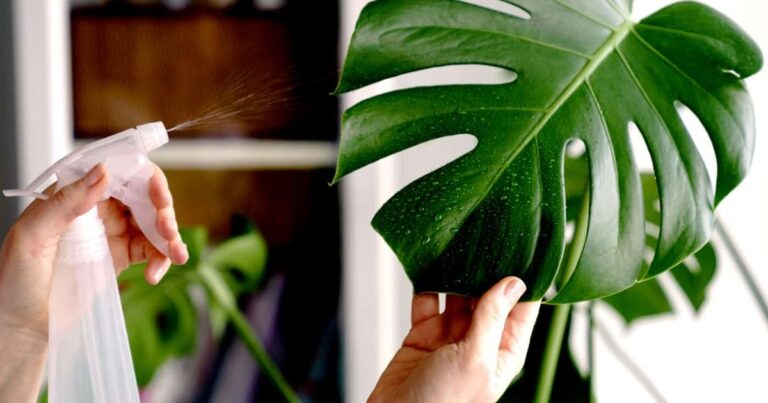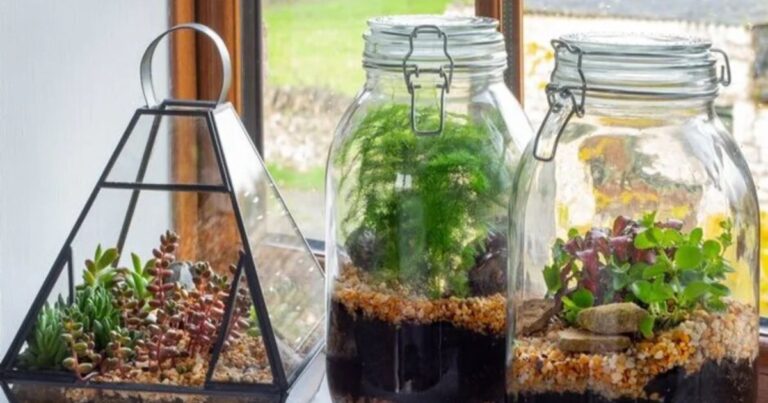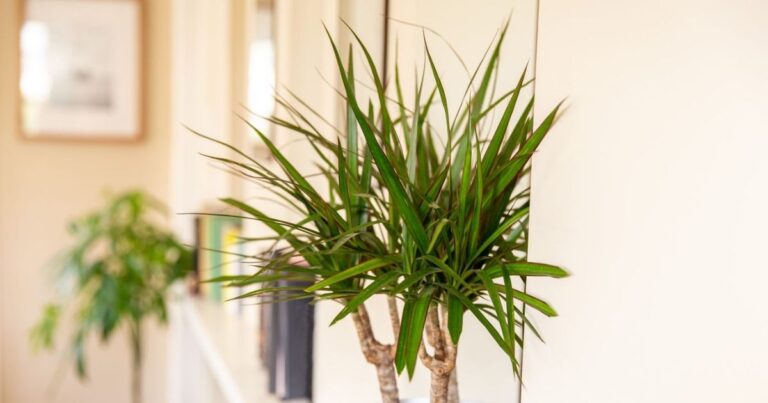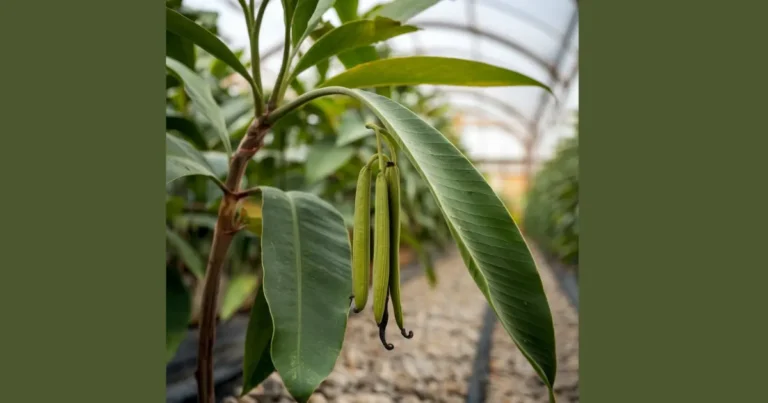The Guide About Tickseed Plant Care, Seeds, Types, Planting
The tickseed plant, a resilient perennial known for its cheerful daisy-like flowers and capability to thrive in various conditions. Whether you’re an experienced gardener or just starting out, understanding how to cultivate these delightful blooms can transform your outdoor space into a botanical masterpiece.
In this article, I will cover the tickseed plant care, types of tickseed for your garden, mastering effective planting techniques, and nurturing them through their growth cycle. From sowing seeds to pruning for optimal health and blooming potential, each step is crucial for harnessing the full beauty of these hardy plants.
What Is a Tickseed Plant?
Tickseed plants, belonging to the Coreopsis genus, are often celebrated for their vibrant flowers and resilience in various garden settings. These perennial and annual varieties grace landscapes with sunny yellow blossoms that attract butterflies and bees,

Beyond their hardiness and beauty, these plants offer an opportunity for ecological education; gardeners can experiment with different species or hybrid varieties to discover preferences among pollinators and support biodiversity in our increasingly urban environments.
Tickseed Plant Types
Exploring the diverse world of tickseed plants, you’ll encounter several captivating types, each adding unique charm to gardens and landscapes. I will cover the top types of tickseed plants.
Golden Tickseed Plant
The Golden Tickseed (Coreopsis tinctoria) is a stunning wildflower that brings a burst of sunshine to gardens and landscapes alike. Characterised by its vibrant yellow petals, often adorned with deep crimson or mahogany tips, this perennial not only dazzles the eyes but also serves vital roles in local ecosystems.
Moonbeam Tickseed Plant
The Moonbeam tickseed plant (Coreopsis verticillata Moonbeam) stands out in any garden with its delicate, soft yellow flowers and fine textured foliage.

This perennial delights gardeners not just for its aesthetic appeal but also for its resilience and adaptability.
Tickseed Flower
The Tickseed flower, scientifically named Coreopsis, is a charming member of the Asteraceae family that radiates warmth and joy with its vibrant yellow blooms.
Renowned for its resilience and versatility, this perennial beauty thrives in a range of conditions, making it an ideal choice for both novice gardeners and seasoned horticulturists alike.
Red Tickseed Plant
Red tickseed (Coreopsis tinctoria) is a vibrant perennial that brings a splash of colour to gardens and natural landscapes alike. Distinguished by its daisy-like blooms featuring deep red and golden yellow petals, this native wildflower is not just a feast for the eyes; it plays an essential role in supporting local ecosystems.
Jethro Tull Tickseed Plant
Jethro Tull Tickseed, real name (Coreopsis grandiflora), offers a vibrant burst of colour and is an exemplary choice for gardeners seeking both beauty and ease of maintenance.

With its golden yellow flowers that bloom in early summer, this perennial not only attracts pollinators like bees and butterflies but also acts as a drought-tolerant option once established.
How To Plant Tickseed?
Planting tickseed, is a rewarding endeavour that brings vibrant colour and pollinator-friendly blooms to your garden. Start by selecting a sunny location since these hardy perennials thrive in full sun, ideally receiving at least 6 hours of direct sunlight daily.
Prepare the soil by ensuring it’s well-draining; tickseed prefers sandy or loamy textures with a pH range of 6.0 to 7.0. For better results, mix in compost to enrich the soil while enhancing moisture retention.
Tickseed Plant Care
To truly harness the beauty of this plant, it’s essential to provide the right care. Planting in well-draining soil is crucial, as soggy roots can lead to rot; consider mixing compost or sand into your soil for improved drainage and fertility. Full sun is ideal for tickseed, encouraging vigorous growth and abundant flowering throughout the summer months.
Watering practices play a significant role in tickseed health. While these plants are drought-tolerant once established, they benefit from occasional deep watering during prolonged dry spells, especially in their early cultivation stages. Regular deadheading will not only keep your garden looking tidy but will also encourage new blooms and promote a longer flowering season.

Remember to mulch around your tickseed plants this helps retain moisture while suppressing weeds and protecting those delicate roots from temperature extremes. With just a little attention and care, your tickseed can become a dazzling centrepiece in any landscape!
Tickseed Plant Height
Most types typically reach between 1 to 3 feet tall, but some species can surprise gardeners by exceeding this range.
The growth habit of tickseed can also be influenced by environmental factors such as soil quality and sunlight exposure; these plants thrive in well-drained soils with full sun.
Tickseed Plant Growing
This perennial plant offers a riot of colour from spring through fall, making it an excellent choice for gardeners aiming to provide continuous blooms. What many overlook is its adaptability, ticks can flourish in poor soil, making it perfect for areas where traditional flowers might struggle. This remarkable tenacity allows you to create vibrant landscapes even in challenging spots.
By incorporating tickseed into your garden mix, you can effectively invite butterflies and bees, which are essential for robust and diverse ecosystems. Beyond their ecological benefits, these cheerful flowers come in various shades ranging from sunny yellows to deep reds that allow creativity in landscaping design.
Tickseed Plant Benefits And Uses
- Pollinator Magnet: Tickseed flowers attract bees, butterflies, and birds, playing a vital role in supporting local ecosystems.
- Drought Resistance: This hardy plant thrives in dry conditions, making it an ideal choice for xeriscaping or low-water gardens.
- Soil Improvement: The deep root system of tickseed helps aerate soil and improve moisture retention while preventing erosion.
- Versatile Landscaping: Its variety of species and colours allows for creative landscaping solutions, from borders to wildflower meadows.
- Medicinal Uses: Some cultures utilise parts of the plant in traditional remedies to treat ailments like inflammation or skin irritations.
- Culinary Applications: Young leaves can be used in salads and herbal teas, adding unique flavors to culinary dishes.
- Natural Pest Repellent: The strong scent can deter certain garden pests without the use of harsh chemicals.
- Increased Biodiversity: Including tickseed in your garden encourages a diverse array of wildlife by providing habitats and food sources.
Tickseed plant facts And Tips
- Native Habitat: Tickseed (Coreopsis) thrives in various environments, from prairies to rocky hillsides, showcasing its adaptability across North America.
- Diverse Varieties: With over 80 species available, tickseed presents a vast palette of flower colours and shapes, making it a favourite among landscape designers.
- Pollinator Magnet: These cheerful blooms are not just aesthetically pleasing; they attract bees and butterflies, contributing to local ecosystems by supporting pollinator populations.
- Low Maintenance Perennial: Once established, tickseed requires minimal care. They can thrive in poor soil conditions and resist drought, making them perfect for low-water gardens.

- Extended Bloom Time: Many varieties bloom from late spring through early fall. Their extended flowering period ensures your garden remains vibrant longer.
- Self-Seeding Ability: If you’re looking for an easy way to propagate plants in your garden, the self-seeding nature of tickseed allows for natural expansion without additional effort.
- Companion Planting Benefits: Pairing tickseed with other drought-tolerant perennials can create a beautiful tapestry while minimising competition for resources.
- Creative Uses in Design: Use tickseed as ground cover or in mass plantings to achieve eye-catching swathes of colour that enhance both residential and commercial landscapes.
Where to buy tickseed plant?
Searching for the perfect tickseed plant, consider exploring local nurseries and botanical gardens. These venues often carry a curated selection of plants that thrive in your specific region, providing not only ticks but also valuable guidance on care and maintenance.
Engaging with knowledgeable staff can enhance your experience, allowing you to discover different varieties that might suit your garden’s aesthetic or ecological needs.
Tickseed plant Vs Magnolia Tree
Tickseed plants and magnolia trees offer distinct aesthetics and ecological roles in the garden. Tickseed, with its vibrant yellow flowers, brings a sense of joy and brightness that attracts pollinators like bees and butterflies.landscape as seasons shift.
Magnolia trees exude timeless elegance with their large, fragrant blossoms that often appear before leaves unfurl. These splendid trees serve not only as focal points but also provide shade and shelter for diverse wildlife.
Conclusion
Tickseed plants are a vibrant addition to any garden, offering an array of colours and types that can thrive in various conditions. Tickseed plant care, including adequate sunlight, well drained soil, and regular watering, will ensure these resilient perennials flourish year after year.
When planting tickseed seeds, consider the specific variety you are working with to optimise growth and blooming potential. With their low maintenance needs and ability to attract pollinators, tickseed plants are not only beneficial for your garden’s aesthetic but also for local ecosystems.







